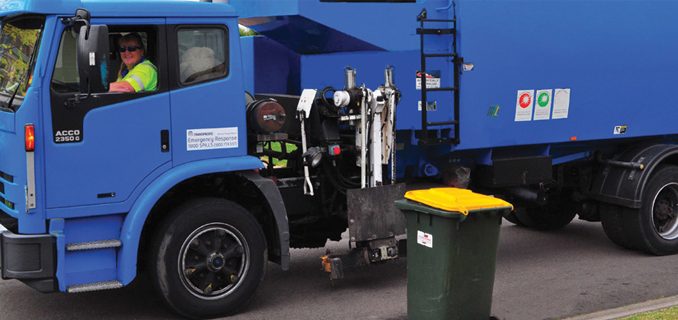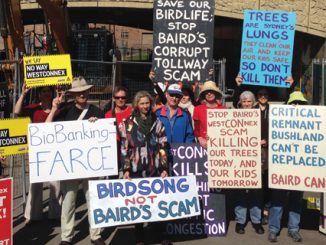
Just in time for the election, the people’s Premier Mike Baird announced details of a NSW container deposit scheme (CDS) to tackle litter across the state and improve recycling.
Back in February 2015, Baird had promised that if elected, he would implement the scheme by July 2017, and so far this politician seems to be trying to deliver on this promise. Even though not many actual logistic details have been revealed, the discussion paper has been discussed, and everyone agrees a CDS will help us meet the Premier’s goal of reducing litter by forty per cent.
The Environmental Planning Authority (EPA) says, “about 160 million drink containers were littered in NSW in 2014–15. This represents about 44 per cent of the volume of all litter in NSW. Drink containers make up the largest proportion of litter volume in NSW, twice as much as the next largest proportion, which is take-away cups and food containers.”
Not all containers qualify for the scheme (unfortunately wine bottles are excluded) but those that do, are entitled to receive a 10 cent cash back. For those that remember the “Cash-a-can” scheme back in the ’70s and ’80s and the thrill of squashing aluminium cans with your bare feet and collecting enough cans to covert to serious cash (maybe even enough to buy a Sunny Boy), the scheme was a good way for kids to earn pocket money.
Of the 4.2 billion drink containers consumed in NSW every year, the incentive to convert to cash (at 10 cents a container is $420 million) is high and the drive to collect bottles will again be targeted at charities and school groups who wish to raise money for projects.
The scheme is funded by the big beverage companies Coca Cola Amatil, Schweppes, Carlton & United and Lion, and is an excellent example of corporate environmental responsibility. Even though consumers will ultimately foot the bill, with Australian Beverages Council chief executive Geoff Parker expecting prices to increase by up to 22%, the scheme will change attitudes towards waste. One only has to walk around the Bay to see how many bottles are caught in the waste catchments – the visual pollution is distressing.
The water bottle category is the most likely to be the one to shrink first. As a high-end discretionary product, sales are expected to fall. Perhaps some of us will even go back to having our own water bottles and drinking Sydney tap water – this would represent a real cultural shift. The scheme is also expected to reduce litter in our yellow bins, which will make garbage run times quicker and ultimately cost councils less. Broken glass contaminating bins is also expected to lessen. Collection points and depots will be announced soon and anyone “can” get involved with reverse vending machines being overseen by a scheme co-odinator. Though details are sketchy, there is a clear message that the State Government is serious about waste reduction (especially if it can help the PM get some votes).
Words by Cindy Mullen
